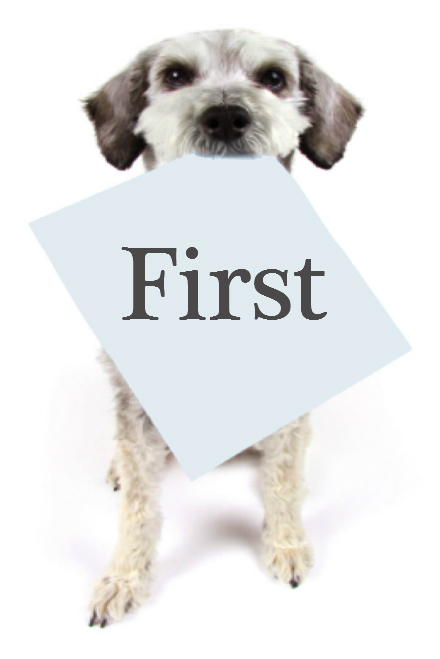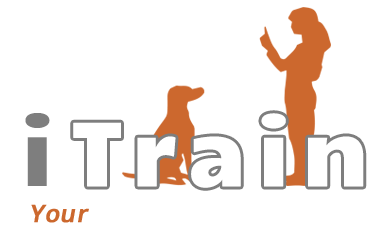 4 Foundation words you must teach your dog!
4 Foundation words you must teach your dog!
I am so thankful for my dogs! Through the years I have had my life blessed with the presence of dogs. I’ve worked with, lived with and owned an incredibly large number of dogs. They have brought laughter, entertainment, comfort, sadness, endless learning, companionship and an overall pleasure to my entire life. Just as with people, dogs have a range of personalities ranging from sensitive and sweet to rough and rowdy to reserved and fearful. They all come from different backgrounds–from ethical breeders that have properly socialized and cared for their puppies, to extremely abusive or neglectful situations.
No matter their personality or backgrounds, it is absolutely crucial that we learn to communicate these four words to our dogs:
Verbal communication is not a dog’s primary form of communication. Because of this, we must take the time to educate our dogs so they know what these words mean. Most of the time, our dogs actually tune out verbal communication– it’s all gibberish to them. These words are the overall keys to reciprocal communication and will tune your dog in when you want to engage with them, help shape what you want and then finally, signal when they can go back to tuning you out. It is an amazing feeling being able to connect and communicate with a different species, our dogs! Giving them these words will help you and your dog navigate this human world with ease. Once your dog understands these four words you can shape almost any behavior you want!
4 words to build solid communication with your dog:
- Your dog’s name – This is the first word that tells your dog to tune in. It is your invite for connection. Saying their name should snap them to focus on you and is a signal to stop tuning out and start engaging with you. Click Here for help on quickly and precisely teaching your dog’s name.
- Good (yes, thank you) -This word lets our dogs know that they’re doing the right thing. This is foundational to marking behaviors we want to see from our dogs. We must remember that dogs do not naturally come into this world understanding verbal communication. Until we teach them what “good” means, this is just more gibberish to tune out.
- No (ah-ah/hey) –This word is as important as good. “No” is foundational to telling your dog when they are doing something wrong. This is a sensitive word and it is crucial that you educate it correctly. “No” is not a punishment, it is an attention grabber, also known as an interruption. The goal is when I say “no”, my dog stops what they are doing and looks to me for direction on how to be right. Find resources to properly teach this word here.
- Okay (free-dog/all-done) – This word is a release. It simply communicates to your dog that they are done with the task that you have asked them to do and are free to do as they please. I teach all positional activities (sit, wait, down) as permanent until released by the word “okay.” This gives your dog self-control, and from here you can tap into that self-control when needed.
These are your tools that enable you to connect and engage with your dog. Once your dog learns to connect and communicate with you, they will know how to please you, when they have made a mistake and will show incredible self-control when needed. Because you have learned to communicate in a way your dog understands, you will often see a decrease in anxiety and increased response to you once you train these four golden keywords.
